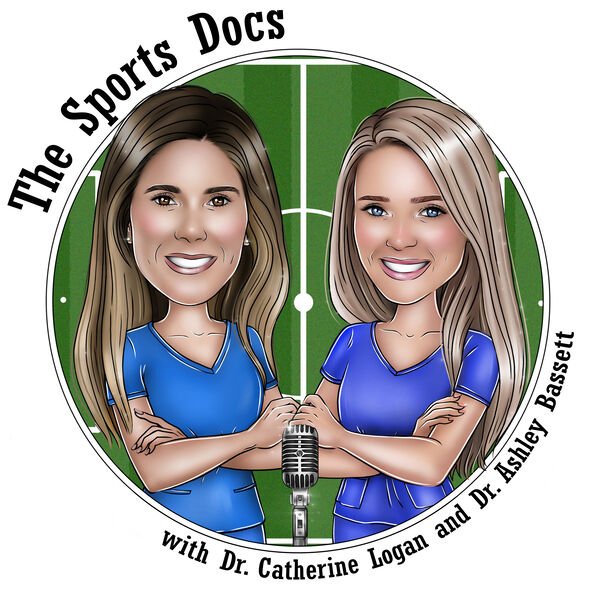Episode 49. Dr. Brian Lau: Shoulder Instability- Part II
And we are back for Part II of our discussion with Dr. Brian Lau. Our conversation picks back up with a discussion of surgical treatment options for more significant glenoid bone loss.
There is a 2021 yellow journal article titled Diagnosis and Management of Traumatic Anterior Shoulder Instability that nicely outlines a treatment algorithm based on percentage of glenoid bone loss as well as the presence and severity of a Hill Sachs lesion. Matt Provencher and colleagues explain that good results can be expected after Bankart repair in on-track Hill-Sachs lesions with glenoid bone loss less than 13.5%. Bankart repair without additional procedures is not recommended in off-track Hill Sachs lesions, regardless of the extent of glenoid bone loss.
Bone block procedures are recommended when glenoid bone loss is greater than 20% to 25% or when the Hill Sachs lesion is off-track. Then, from the April issue of AJSM this year, we discuss the study performed by our guest Dr. Lau and his team at Duke, titled Distal Clavicle Autograft Versus Traditional and Congruent Arc Latarjet Procedures. This laboratory analysis compared five different configurations of two local autograft options – coracoid and distal clavicle – using both 3D CT and 3D MRI. They looked at how much the glenoid surface area was augmented (important to address the glenoid bone loss) and the amount of glenoid apposition provided (bone-to-bone contact being important for graft healing). The authors found that the congruent arc Latarjet procedure had the largest graft surface area, the standard Latarjet procedure had the most bone-on-bone contact and the distal clavicle attached by its inferior surface had the largest graft width. This paper also found that differences between 3D CT and 3D MRI were small and likely not clinically significant.
We finish up our conversation with a focus on rehab and returning to play after shoulder stabilization surgery. The last article we reference is titled Criteria-based Return-to-Sport Testing is Associated with Lower Recurrence Rates following Arthroscopic Bankart Repair. Albert Lin and colleagues and UPMC evaluated the use of a criteria-based return-to-sport testing protocol, which includes assessments of strength and function using the closed kinetic chain upper extremity stability test and the unilateral seated shot-put test. The authors found that athletes who underwent this testing protocol to guide their clearance to return to sports had a lower rate of recurrent instability than those cleared to return based on the time from surgery (5% vs. 22%).
